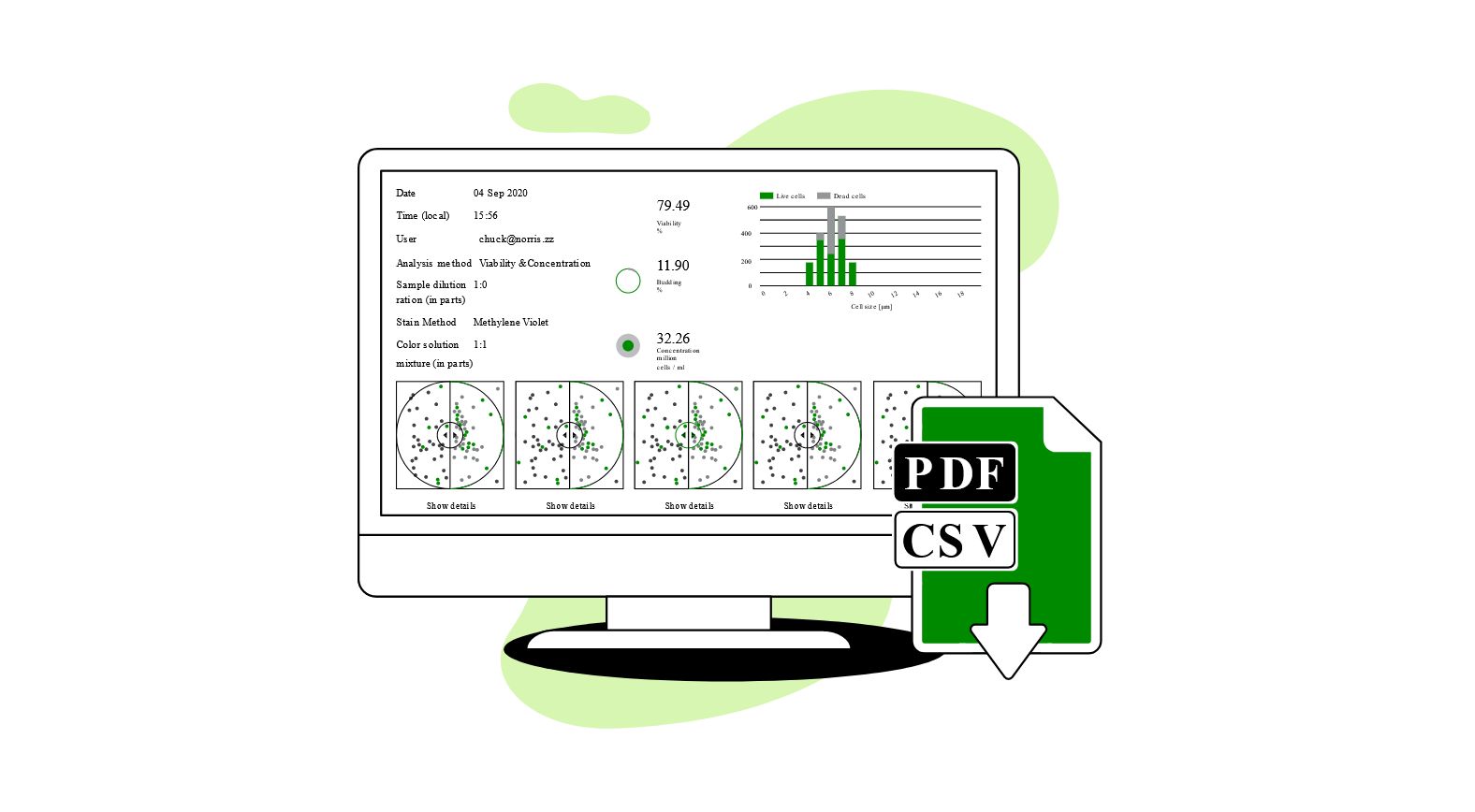The Best Yeast Cell Counting Kit: What to Look For
When thinking about how to choose the best yeast cell counting kit, remember that the key to counting yeast cells is consistency.
The single most important factor for any brewer, large or small, is consistency of product.
Your loyal fans became loyal because they love the flavor, aroma, texture, and entire experience of your beer.
The single most important factor in getting each of those elements just right every time is your yeast.
Yes, yeast is the critical ingredient.
You can mix up grain, malting procedures, even the hops, and you can still get a recognizable product.
But mess with the yeast and you may have a result that is wildly unidentifiable.
Beer drinkers do not like unpredictability.

Yeast and Yeast Cells
Fortunately, yeast is a pretty reliable and predictable organism. You just have to understand it.
To begin, yeast is a single celled eukaryotic living organism that has been around since pretty much the beginning of life on earth. It has a single function – to find sugar, consume it, and convert it to alcohol and carbon dioxide – fermentation. As long as it can do that, it will thrive.
Yeast can survive and even ferment with or without oxygen, and it can reproduce sexually or asexually.
But it seems to prefer oxygen and asexual reproduction – or budding.
With budding, the mother cell will spontaneously create a new daughter cell that is attached to her but still its own individual cell. Much like with most species during reproduction, the daughter cell is weak and dependent on the mother for sustenance and survival for the first duration of gestation. As it reaches about 50% volume of its mother cell, it can begin to be considered an individual cell capable of surviving on its own.
This information is critical for yeast cell counting as you, or your technology, if you decide to take the automated route, must be able to differentiate between a daughter cell, or a bud, that is not yet viable and one that is.
Yeast Viability
Yeast viability is a fundamental element when counting yeast cells as it is not enough to simply count cells under a microscope. You want to count cells that are viable, or alive, and vital, or energized and ready to ferment.
Unfortunately, vitality is very difficult to measure.
Fortunately, you can usually rely on vitality to tell you about viability.
To measure yeast viability, the real goal of a yeast cell count, you will need methylene blue or purple die (we prefer purple), water, and your yeast in terms of ingredients.
In terms of equipment, you will need a microscope with a magnification of at least 400x, Pasteur Pipettes as well as counting chambers and a vial or beaker. Provided you’re choosing to do manual counts.
To measure viability, you will dilute the methylene solution in water and add a bit of yeast.
Because live and active yeast cells can absorb and dispose of foreign substances, they will not hold the dye in the cells. Only dead cells will reflect the die.
The purple dye seems to be more obvious in terms of end results, where you will find dead cells showing a pinkish color.
From there, you can either physically count the cells in the chamber under a microscope, making a best guess as to percentage of viability, or you can use an automated cell counter that will do a much more accurate and certainly faster count for you, determining among budding cells, full viability, and dead cells.
There are several circumstances under which you will want to perform a yeast cell count for viability, and all of them come back to that key component – consistency.
Manufacturer’s Guarantee
Quite often, a manufacturer will send you yeast with a “guarantee” of a certain percentage.
Ideally, brewers want above 75% and usually even up to 90% viability, though some yeast can perform very well at just 65% or even 70%.
It is critical here to note that the fermentation process actually encourage reproduction and yeast cell growth, so if you have a yeast you love, don’t necessarily be disheartened if the viability is low.
However, manufacturers often fall far short of their guarantee, and even if you do decide to pitch a yeast with a low viability percentage, you will still want to know what your starting viability percentage is because then you can track your viability throughout.
Before, During, and After Fermentation

Again, due to concerns of consistency, you will want to measure viability at each phase of fermentation – before, during, and after.
This ongoing measurement will allow you to track the performance of your yeast and build an expectation for future pitches.
If your yeast performs well, you will want to crop it, harvest it, and potentially bank it, and with your ongoing measurements tracked, you will know what to expect for next time.
Wild Yeast and Native Yeast
In the event you want to work with wild and native yeast, you will want to measure your yeast viability during and after fermentation, and then, if you like the result, crop the yeast, rinse it, and measure viability again.
And once more, you can harvest and bank your yeast, or simply repitch.
How to Select a Yeast Cell Counting Kit
The basics of your yeast cell counting kit are listed above, and are pretty simple to find and inexpensive to buy. In the case of the microscope, you must decide if you are okay with the 400x magnification, or if you may want to invest in a higher magnification for purposes of exploring various wild yeasts.
In terms of the technological equipment required, in case you decide to take the automated route, you should be sure your yeast cell counter is small, user friendly, fast, reliable, and can perform not only yeast cell counts but also viability measurements, since that is, after all, the goal.
It is also helpful to have equipment that will speak directly to your existing technology – your computer or your smart phone.
Finally, if you’ve accessed this article in search for an actual recommendation, then the Oculyze yeast cell counting kit is a no-brainer. You can choose which components you need but the whole kit contains:
- A compact microscope for counting yeast cells
- A microscope camera
- Consumables (methylene violet & sample chambers)
- And, of course, the subscription to the Better Brewing App which comes with additional features, besides the cell count & viability, such as the Fermentation Tracking and the Pitch Rate Calculator.
And if you’re still not convinced, you can require access to a fully functional demo account to test our Web App. Completely free of charge and with no commitment to purchase.
Cheers!


